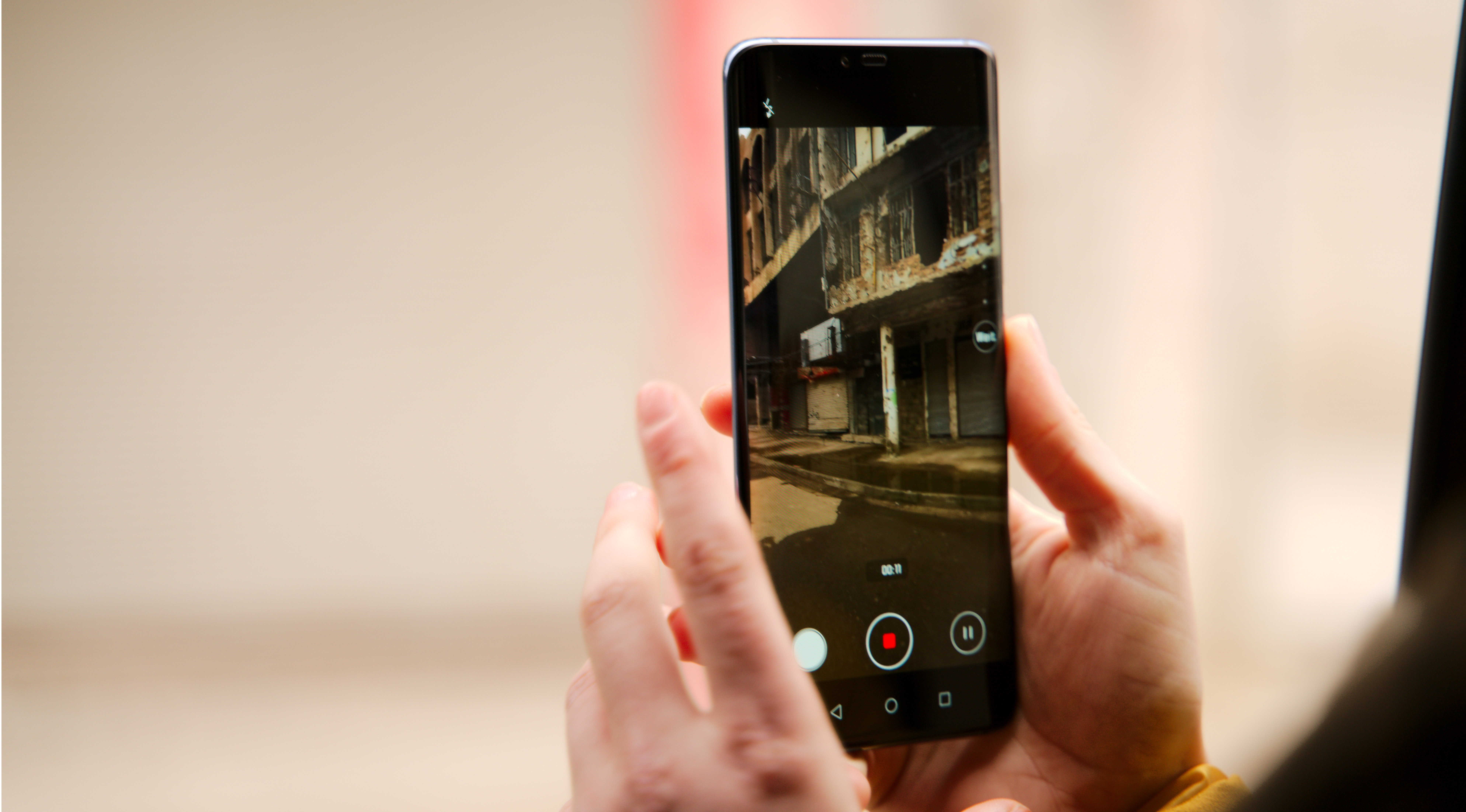The concept of infodemics is not new, but it came back to the fore with the COVID-19 pandemic, where widespread mis- and dis-information campaigns posed challenges for international and national actors responding to the pandemic. Likewise, in some conflict contexts, misinformation and disinformation have increased social tensions and fueled hostility against already-marginalized groups.
Over the last decade, digital technologies have been changing the landscape of conflicts. With increasing internet penetration, access to smart devices, multiplicity, and proliferation of social media platforms, the information environment in which conflicts take place and where peacebuilding actors operate is constantly shifting. Peacebuilders and mediators, therefore, need to better understand the role of digital technologies, both how it fuels conflict and how it can be utilized to catalyze peace. First off, it is important to recognize that digital technologies pose many challenges for peacebuilding and mediation. The malicious use of technology especially to propagate unsubstantiated rumors or spread hate speech against certain communities can undermine ongoing peace efforts. Such misuse of social media exacerbates polarization and silos people with similar views in echo-chambers creating further division in conflict settings.
But the impact of digital technology is not all negative. Mediation has traditionally focused on human interaction, where ‘handshakes’ manifest trust and agreement. While this will remain the case, there are undeniable opportunities for digital technologies to support the work of mediators. For instance, through enabling real-time communication breaking physical and virtual barriers, digital platforms enable mediators to hybridize consultation mechanisms to reach a larger number and broader range of stakeholders. This helps to include interlocutors or certain groups that may not otherwise be represented (such as civil society groups and minorities).
Technological applications can also help boost mediation teams’ capabilities for analysis. While modern-day citizen journalism via social media generate large amounts of information, digital tools help mediators make sense of this information in support of conflict analysis. Also, tapping into social media analysis in conflict contexts offers huge opportunities for early warning, prevention, and overall preparedness.
Through a conscious, informed, and savy engagement, social media allow mediators to communicate more effectively by reaching a large number of people, by narrating their own version of events, bypassing censorship, making arguments for peace, and by countering misinformation. With that, social media becomes a novel space for mediators to contribute to shaping narratives about peacemaking and to strategically communicate with their target audiences.
On the negative side, social media threatens to undermine the confidential space of peace talks and lower the threshold for parties to share information that might not be intended for public consumption. Additionally, some applications of artificial intelligence-supported solution relevant for mediation raise ethical questions on the contours and limits of AI in mediation, such as intersubjective bias, digital inequalities and marginalization, and the role of the private technology sector in conflict resolution.
Entrenching technological tools at the service of mediators will be a gradual undertaking. Digital literacy among peacebuilding practitioners seems to be improving, but not at a rate that enables them to apply solutions independently. As the misuse of technology in conflict has been much clearer than the opportunities it may provide, there is still skepticism towards integrating tech solutions in mediation processes. A dialogue between peacebuilders and technology experts is necessary for a nuanced understanding of what technology can offer peacebuilders from the grassroots level upwards.
Having said so, the peacemaking community is increasingly realizing that it needs to tap into this potential. To that end, the United Nations and the Centre for Humanitarian Dialogue launched a toolkit on digital technologies and mediation, which aims to consider the application of various technologies and their potential relevance for mediators.
swisspeace has also been part of the policy discussions on the technology and mediation nexus, with a focus on the potential and challenges posed by social media to mediators. In 2018, swisspeace co-founded the CyberMediation Initiative together with the UN Department of Political and Peacebuilding Affairs along with the Centre for Humanitarian Dialogue, and Diplo Foundation The initiative aimed to better understand the relationship between digital technologies and mediation in its different applications and dimensions. It has now morphed into the CyberMediation Network; a larger, more entrenched effort to help improve the practice of mediation and conflict prevention, mitigation, and resolution through policy discussions on the opportunities, risks, and applications of digital tools, including the role of social media, in conflict contexts.
We observe a positive shift towards increased research on the impact of digital technology on peacemaking, as well as spaces for discussions among policymakers, practitioners, researchers, and digital experts to enable mediators to capitalize on the potential of digital technologies. Peace mediation will and should not be guided by technological solutions, but technology can support human-led peace efforts in increasingly complex, multi-layered conflict landscapes. This is what we believe the conversation should focus on.
For further information on the CyberMediation Network, please contact cybermediationnetwork@gmail.com.


